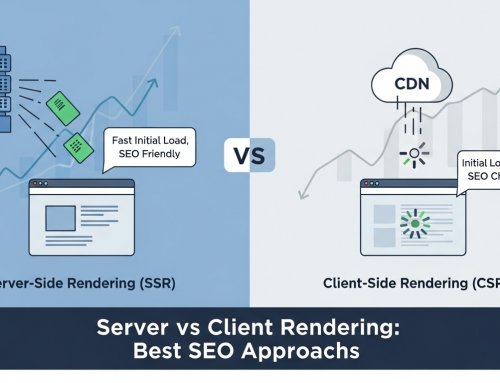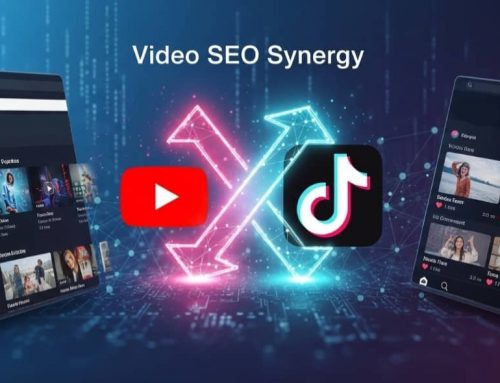From the world of SEO, greetings! In this detailed tutorial, we’ll delve into the art of honing on-page SEO strategies. Our goal is simple: we’ll walk you through the process of optimizing your webpages with ease. “On-page SEO” is the process of optimizing individual web pages to improve their visibility and search engine rankings. It involves purposefully changing the HTML, content, and overall structure of a website. Ensuring that your website meets search engine standards for accessibility, relevancy, and user experience is known as on-page SEO.
Research on Keywords
Recognizing the Significance of Keyword Analysis
Studying keywords to develop your on-page expertise To improve your website’s search engine ranking and attract organic traffic, search engine optimization (SEO) comprises selecting relevant search terms and phrases that your target audience is likely to use, selecting primary and secondary keywords and carefully integrating them into your outstanding content.
Resources for Researching Keywords
Keyword research is the cornerstone of SEO on-page optimization. It helps you identify the search phrases that users use to find information about your website. You can create content that aligns with user intent and improve your search engine ranking by getting a deeper understanding of these keywords. Moz Keyword Explorer, SEMrush, and Google Keyword Planner are just a few of the many tools that can be used to assist with keyword research.
Choosing the Right Words for Your Website
Selecting relevant keywords is one of the most crucial elements of on-page SEO. Prioritize everything else by identifying the search intent of your target market. Consider the themes and topics associated with your website’s niche. Use keyword research tools to determine the volume of searches for popular search terms. Look for longer-tail keywords that are more specialized and less competitive. Look at the websites of your competitors and find the keywords that they are effectively targeting.
Content Advancement
Generating SEO-Friendly Headlines
Writing a headline that works is essential to on-page SEO. It’s important for your headline to accurately summarize the content in addition to including relevant keywords. Employ a headline that is both attention-grabbing and brief to entice the reader to click.
Utilizing Keywords in Page Titles and Meta Descriptions
Using pertinent keywords in your meta descriptions and page titles is an essential part of on-page SEO. These elements provide helpful information to search engines about the content you have written. To optimize search engine optimization, page titles should contain the target keywords first and should be succinct and descriptive. In the same spirit, create captivating meta descriptions that include relevant keywords and a succinct summary of your page’s content.
Optimization of URL Structure
Creating concise, understandable URLs with relevant keywords is the first step in optimizing URL structure. This improves user experience and increases on-page SEO for your website in addition to making your content easier for search engines to understand.
Creating Relevant and Highest-Quality Content
Creating unique, relevant content is essential to effective on-page SEO. This content needs to be valuable, meet the needs of your target audience, and have the appropriate keywords in addition to being readable and interesting.
Content Organization Using Header Tags
One important on-page SEO tactic is to organize content using header tags. You can use the H1, H2, and H3 tags to arrange your content so that it is easier to read and search for. This will highlight the key points in your writing and make your content easier to read and navigate.
Improving Images and Videos
On-page SEO requires optimized images and videos. This involves using alt text and descriptive file names for accessibility, making sure multimedia elements are appropriately embedded and relevant to the content, and compressing images for faster loading times in order to improve both the user experience and search engine rankings.
The Greatest Methods for On-Page SEO
- Regular Updates and Refreshes of Content
- Fixing and Forwarding Corrupt Links
- Steer Clear of Duplicate Content
Conclusion
This article offers a thorough guide to learning on-page SEO tactics. It addresses various aspects of webpage search engine optimization, including meta tags, URL structure, internal linking, keyword research, and content optimization. The creation of unique, relevant content, the tactical application of relevant keywords, and website accessibility are all heavily emphasized in the guide. It also discusses the significance of optimizing page loading speed and mobile responsiveness.






